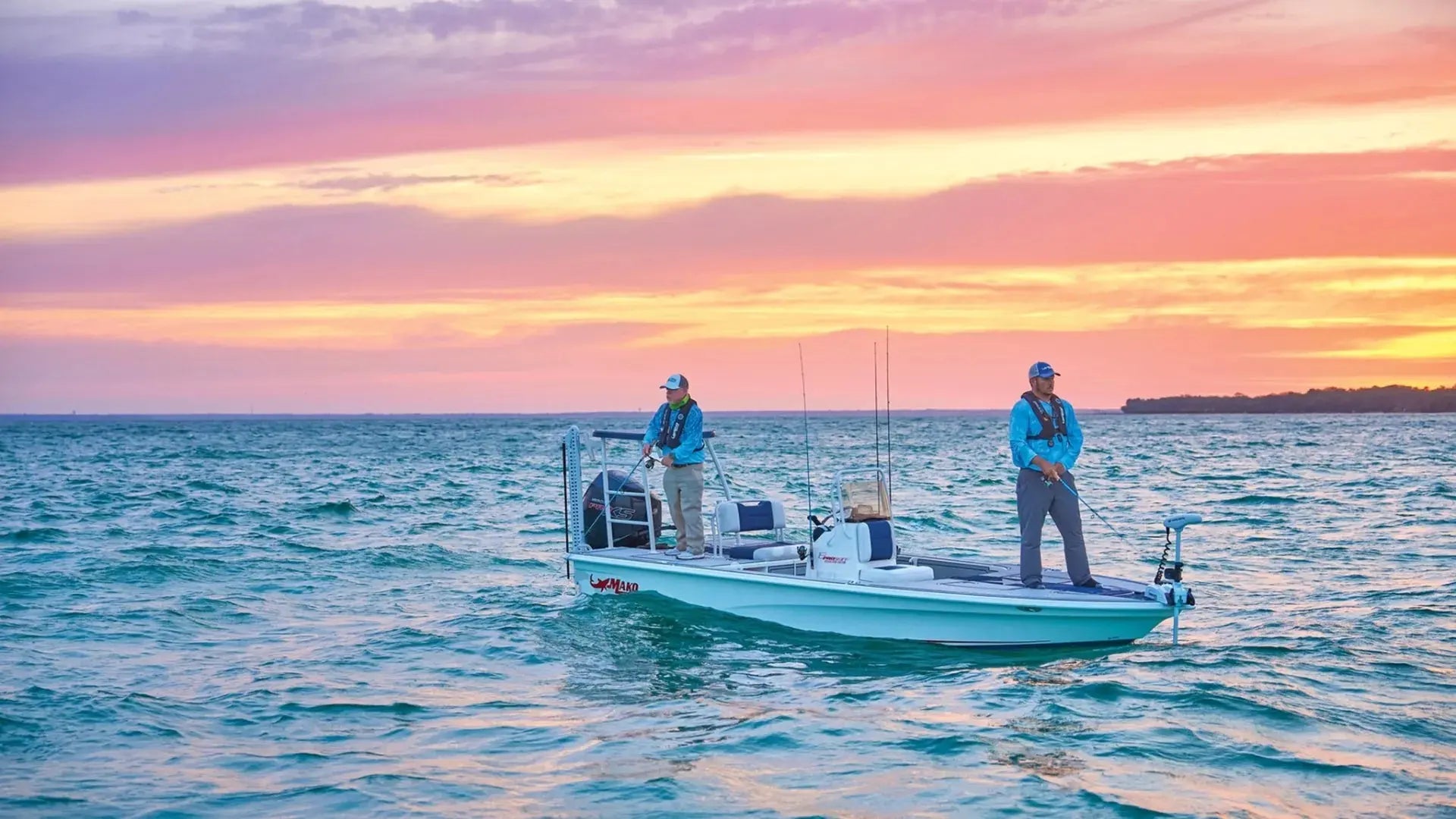Your boat’s deck isn’t just for looks—it’s where safety, comfort, and durability meet. Whether you own a fishing boat, pontoon, jet ski, or yacht, choosing the right marine flooring matters more than you might think.
A slippery or worn-out deck can be dangerous. Poor-quality materials fade, crack, or rot. And let’s be honest—no one wants their boat to look shabby.
In this guide, we’ll compare popular boat flooring types and show why EVA foam boat flooring is quickly becoming the go-to choice for smart boat owners.
Common Marine Decking Options
1️⃣ Vinyl Flooring
Vinyl is water-resistant and easy to clean. It’s a good option for enclosed cabins or pontoons.
-
Pros: Affordable, many patterns, easy to mop
-
Cons: Can get hot in sun, less cushioning
Long-tail keywords: marine vinyl flooring for boats, waterproof boat flooring
2️⃣ Carpet
Marine-grade carpet offers traction and a classic look.
-
Pros: Soft feel, quiet underfoot
-
Cons: Holds moisture, prone to mildew, tough to clean
Keywords: marine carpet, non-slip boat carpet
3️⃣ Teak or Synthetic Teak
Teak decking is a traditional, premium choice.
-
Pros: Beautiful, durable, non-slip when wet
-
Cons: Expensive, requires maintenance, heavy
Keywords: teak boat flooring, synthetic teak decking
4️⃣ EVA Foam Boat Flooring
EVA foam has surged in popularity for a reason:
-
Anti-slip even when wet
-
Cushioned comfort underfoot
-
UV-resistant for long-lasting color
-
Easy to install with peel-and-stick backing
-
Budget-friendly with prices around $80–$180
Long-tail keywords: EVA foam boat decking, self-adhesive marine flooring, custom EVA boat flooring
Why Choose EVA Foam Boat Flooring?
If you’re looking for the best balance of price, safety, and style, EVA foam delivers:
✅ Affordable upgrade for older boats
✅ DIY-friendly for handy owners
✅ Easy to customize with patterns like faux teak, diamond, camo, grooved, or brushed finishes
✅ Comfortable for barefoot days in the sun
Unlike carpet or teak, EVA foam resists mold and mildew. It doesn’t soak up water or become slippery.
How Durable is EVA Foam Marine Flooring?
Boaters want to know: does EVA foam last?
✅ Typically 3–7 years with normal use
✅ Closed-cell foam won’t absorb water
✅ UV-stable pigments resist fading
✅ Easy to clean—just hose it off
It’s not as permanent as teak but offers great value for the money.
Boat Types That Benefit from EVA Foam
✅ Fishing Boats: Anti-slip surface keeps you safe when reeling in a big one
✅ Pontoons: Cushioned comfort for family gatherings
✅ Jet Skis: Easy grip even at speed
✅ Yachts: Custom patterns add style without big cost
✅ Kayaks and Paddleboards: Lightweight, easy install
Easy Installation Tips
-
Clean and dry the deck thoroughly
-
Measure twice, cut once
-
Peel backing and apply carefully
-
Use a roller for good adhesion
No need for screws or glue—it’s truly a DIY upgrade.
Care and Maintenance
-
Rinse with fresh water after saltwater use
-
Avoid harsh cleaners or bleach
-
Cover your boat to reduce sun exposure
Conclusion
Boat flooring isn’t just about looks—it’s about safety, comfort, and value. Vinyl, carpet, and teak each have their place. But for many owners, EVA foam boat flooring is the sweet spot for price, durability, and style.
If you want a safer, better-looking deck without breaking the bank, EVA foam might be the best upgrade you’ll ever do.
Why Shop with BoatFloorings?
At BoatFloorings, we specialize in high-quality, marine-grade EVA foam flooring in dozens of patterns and sizes. Fast shipping, easy installation, and real-world durability—so you can focus on enjoying the water.
FAQs: Choosing the Right Marine Decking
These questions will help you compare marine decking materials and make the best flooring choice for your boat.

Share:
Why Choose EVA Foam Boat Flooring? A Practical Guide for Boaters
How to Install EVA Foam Boat Flooring Like a Pro